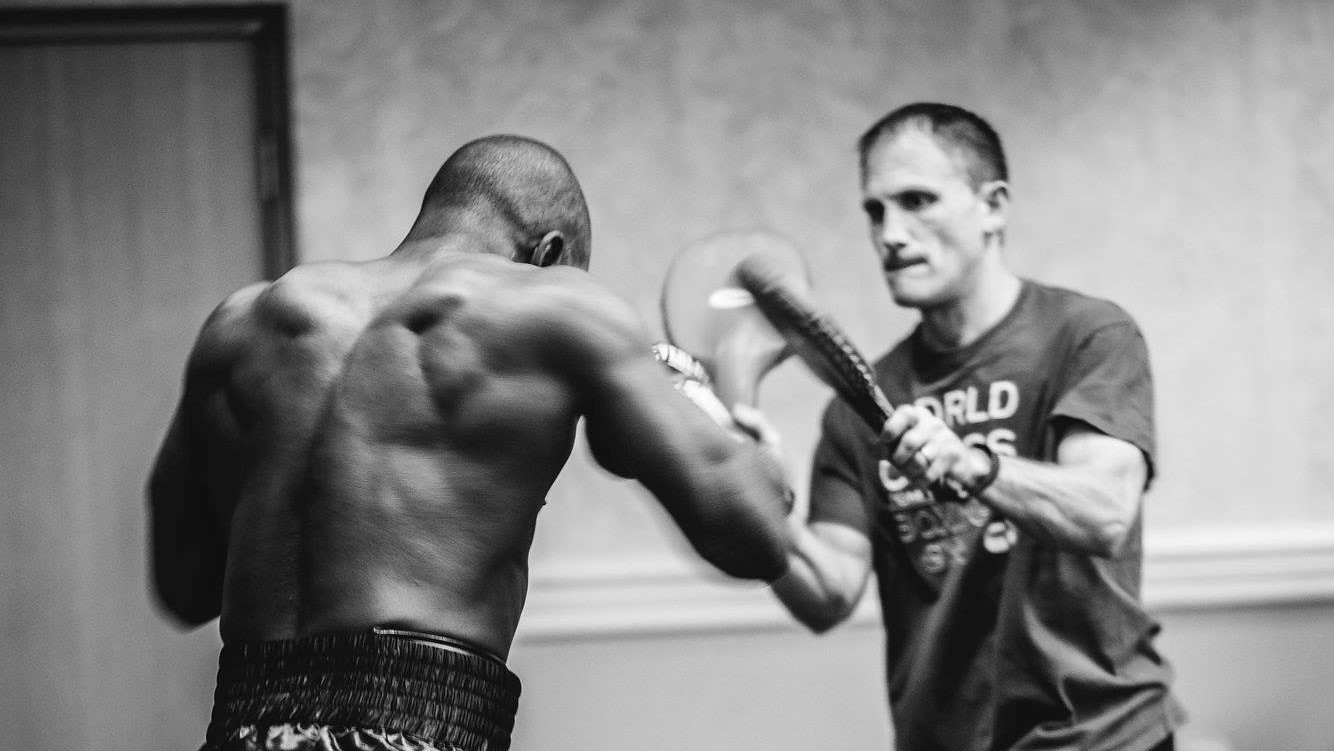

Boxing and boxing workouts were becoming more and more popular in 2021. The increased interest is at least partially fuelled by big boxing events such as Mike Tyson's comeback fight in late 2020 and the Eddie Hall vs Hafþór 'Thor' Björnsson boxing match, scheduled for September 2021 in Las Vegas.
For those who are interested in boxing but don't know where to start, Ed Latimore, ex-heavyweight boxer and motivational speaker, put together a training plan for boxing, detailed below. And it's not just any boxing training plan: it's the blueprint of Ed's own training which helped him win 13 of his professional, seven of which were KOs.
In this boxing workout plan, Ed touches on the five main areas every boxer needs to work on if they are planning on getting better at boxing: roadwork, strength, stretching, sparring and diet. And you thought boxing was about getting a pair of boxing gloves and a punching bag! Not exactly. Below are Ed's own words for your reading pleasure.
Roadwork
Roadwork is the term for running. This is primarily for conditioning and for getting down to your target weight for weight classes other than heavyweight. My days would alternate between 8-12 100-meter sprints and running 2-3 miles at an average pace of 7 minutes per mile or better.
I'd give myself two days off to rest my legs. This will be a recurring theme, but adequate rest is extremely important. A routine like this, even if you run for only 6 weeks prior to a fight throughout training camp, is enough to make any fighter physically capable enough to do the work of fighting for 6-10 rounds.

Strength
There isn't usually a strength training component leading up to a fight, but some guys will be fine with an assortment of bodyweight exercises. Pushups, sit ups, and pull ups are the typical prescription here for fighters looking to maintain muscle and lose fat during a weight cut. Strength training in the weeks before a fight doesn't actually make you stronger. However, light resistance work can keep the fighter from losing valuable muscle as they're also in a caloric deficit to make weight.

Stretching
Flexibility and mobility are perhaps the most underrated components of a fighter's preparation. Hips and shoulders need to be able to move through their full range of motion while also being strong enough to deal with punishment that results from punching and defending. For this reason, I would devote the first 20-30 minutes working on the following exercises:
Sign up to the T3 newsletter for smarter living straight to your inbox
Get all the latest news, reviews, deals and buying guides on gorgeous tech, home and active products from the T3 experts
- Deep bodyweight squats for hip mobility
- Trunk twists for hip mobility
- Cossack squats for hip mobility
- Static and dynamic stretching of major muscle groups (quads, hamstrings, back, shoulders)
The goal with static stretching is to permanently increase my range of motion. It’s also to make sure my body is sufficiently warmed up for the task at hand. Static stretches are simple things like touching your toes, straddle splits, side splits, and dynamic stretches like butt kicks, high legs, leg swings, high skips, and shoulder rolls.
These drills are done at least once a day. The dynamic movements are done for 80-100 times and the static movements are held for 1-2 minutes. This ensures maximum benefit from them.

Sparring
Sparring is absolutely necessary. You could get rid of everything on this list, but you need to get in the ring with some live fire coming at you so you know how to defend. This is mental conditioning more than anything else. You have to get comfortable with your timing, reaction speed, and overall ability to actually fight. This is where everything else comes together. Your roadwork, strength, and stretching exercises. All this gets thrown in a cauldron to be refined for the fight.
Diet
Though this is technically not part of a workout, it's an important component of training. With the exception of the heavyweight division, fighters are responsible for being a certain weight for competition. Now, we don't have to constantly maintain this weight, but ideally you don't want to walk around any heavier than 10% higher than your weight class.
This is so you won't need to lose too much weight through a training camp. If too much weight is lost during camp, it tends to come off as muscle or worse, water. Most of the deaths you see in boxing are the result of fighters going through extreme weight cutting. Extreme weight cuts dehydrate the brain and remove the cushion required to take shots to the head.
Follow Ed Latimore on Twitter, Facebook, Instagram and Linkedin.

This is part of T3's Fit for 2021 programme, which will be running throughout January. We aim to bring you tips on diet, lifestyle and exercise that will help you shape up for what is certain to be a difficult year. One thing we can guarantee: it WILL be better than last year. And hopefully we'll help you get the most out of it.

Matt Kollat is a journalist and content creator who works for T3.com and its magazine counterpart as an Active Editor. His areas of expertise include wearables, drones, fitness equipment, nutrition and outdoor gear. He joined T3 in 2019. His byline appears in several publications, including Techradar and Fit&Well, and more. Matt also collaborated with other content creators (e.g. Garage Gym Reviews) and judged many awards, such as the European Specialist Sports Nutrition Alliance's ESSNawards. When he isn't working out, running or cycling, you'll find him roaming the countryside and trying out new podcasting and content creation equipment.

